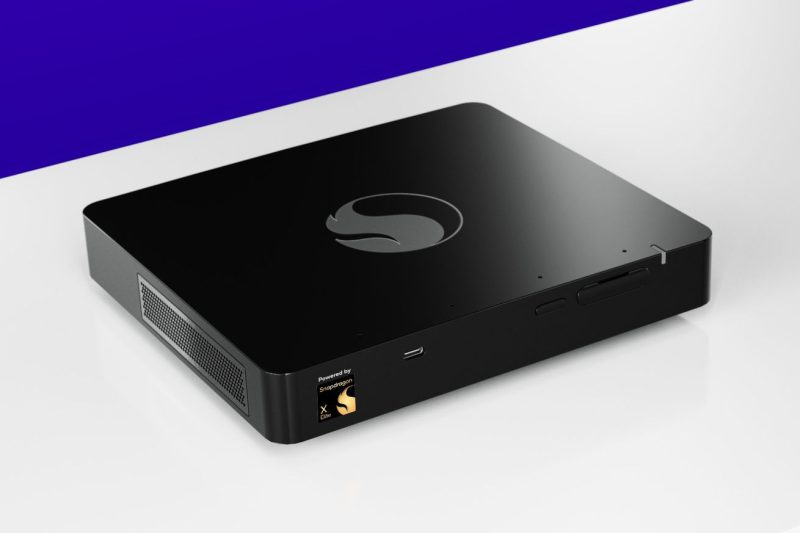Qualcomm Cancels Its Miniature Windows on ARM PC
Qualcomm’s recent decision to cancel its plans for a miniature Windows on ARM PC has sparked a wave of disappointment among tech enthusiasts and industry insiders. The collaboration between Qualcomm and Microsoft was expected to bring a groundbreaking device to the market, combining Qualcomm’s cutting-edge processors with Microsoft’s Windows operating system optimized for ARM architecture. However, the cancellation of this project has left many wondering about the future of ARM-based PCs and the potential impact on the industry.
One of the key reasons cited for the cancellation of the miniature Windows on ARM PC is the challenge of optimizing Windows for ARM architecture. While ARM processors offer compelling advantages in terms of power efficiency and performance, they also require significant software modifications to ensure compatibility with existing Windows applications. This process can be time-consuming and complex, leading to delays and potential setbacks in product development.
Moreover, the market for Windows on ARM PCs is relatively niche compared to traditional x86-based devices. The limited availability of ARM-optimized applications and the compatibility issues with legacy software have hindered the widespread adoption of ARM-based PCs. As a result, Qualcomm may have decided to prioritize other projects that offer more immediate commercial potential.
The cancellation of Qualcomm’s miniature Windows on ARM PC does not necessarily spell the end of ARM-based computing. Companies like Apple have successfully transitioned to ARM architecture for their Mac lineup, showcasing the potential of ARM processors in the PC market. However, it is clear that challenges remain in terms of software compatibility and market acceptance.
Moving forward, it will be essential for hardware manufacturers, software developers, and industry stakeholders to collaborate more closely to address these challenges and drive innovation in the ARM-based PC ecosystem. By streamlining the optimization process for ARM architecture and fostering the development of ARM-native applications, the industry can unlock the full potential of this technology and deliver compelling PC experiences to users.
In conclusion, while Qualcomm’s decision to cancel its miniature Windows on ARM PC is disappointing, it also serves as a reminder of the complexities and challenges involved in bringing ARM-based devices to the market. By learning from this experience and working together to overcome existing barriers, the industry can chart a path towards a more diverse and innovative PC landscape, where ARM-based devices play a significant role in shaping the future of computing.


























